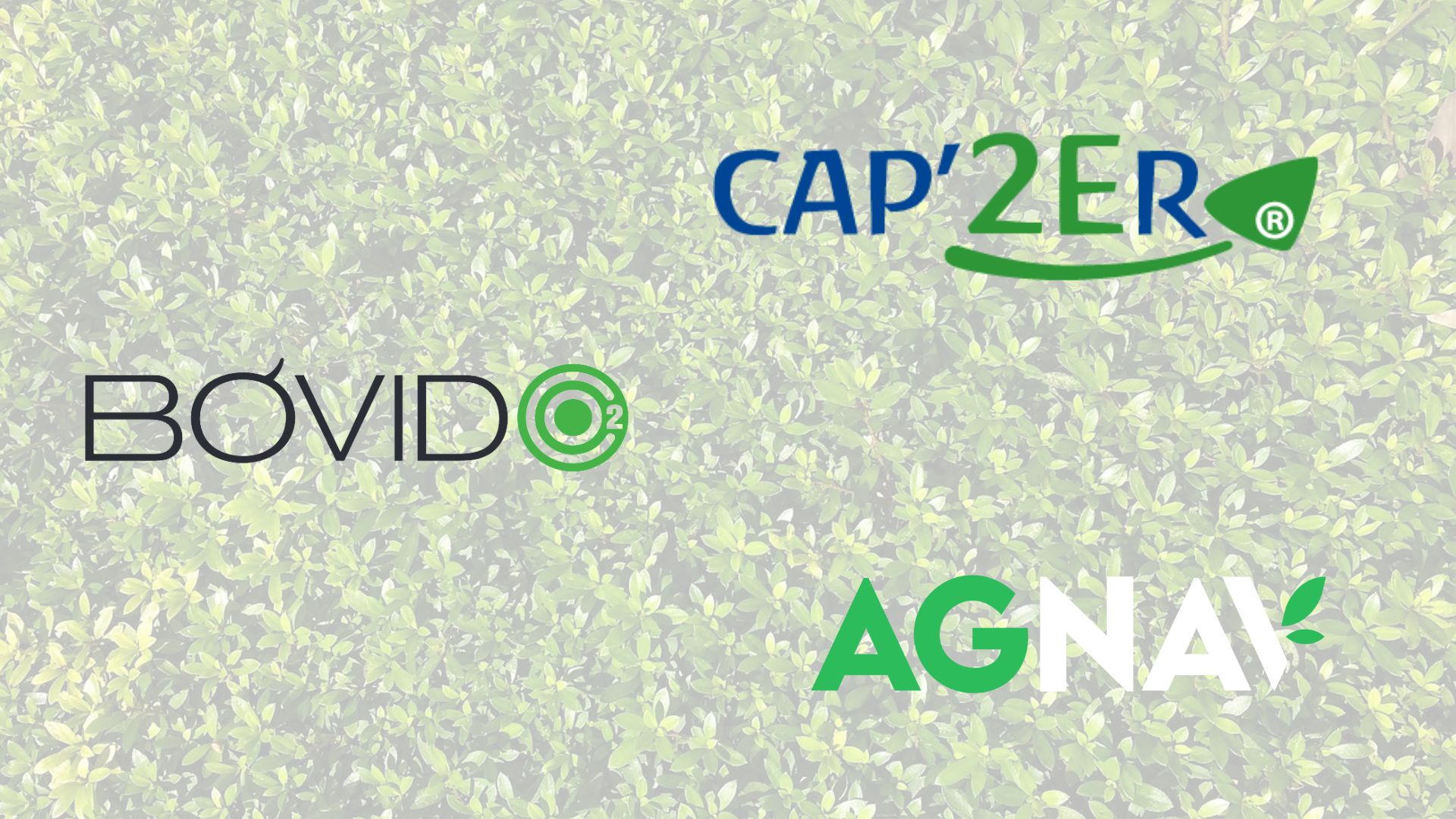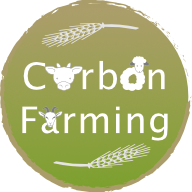The LIFE Carbon Farming project aims to encourage farmers to adopt strategies to reduce their GHG emissions and increase carbon storage. To do this, three tools are used during operating diagnostics:
- CAP’2ER
- AgNav
- BOVID CO2
CAP’2ER: a versatile and certified tool
CAP’2ER is used by France, Belgium, Italy, and Germany as part of the project. It is a tool developed by Idele in 2014, available in European version in 5 languages, and today used by more than 365 organizations and 1,650 advisors.
In total, more than 29,500 diagnoses have been completed since 2014.
The objective is to provide advisors and farmers with an environmental assessment tool for farms that integrates a large number of criteria and is adaptable to the scale of the farm, workshops and products.
A versatile tool:
Two levels of assessment are available in the tool:
- Level 1: free access. This level makes it possible to quickly and easily assess environmental data at the workshop level to raise user awareness of the issues. Two or three pages of results are then made free to access, and allow a comparison of the key figures of the workshop with the equivalent production systems.
- Level 2: This level allows a refined environmental assessment of the operation, taking into account each workshop. In France, this level is used as part of the «Low Carbon Label» certification. Ten to twenty-four pages of results allow the comparison of technical indicators with those of other equivalent production systems.
A large number of sectors can be evaluated: sheep milk and meat, goats, cattle milk and meat, and field crops.
Finally, the tool also tells the farmer the positive impacts of his activity. Carbon storage, biodiversity maintenance, renewable energy production, and food performance are evaluated.
A certified tool:
«The design of the CAP’2ER® tool is based on the methodological rules and references from the most recognized standards and guidelines for environmental assessment applied to agricultural systems» international standards ISO 14040 and ISO 14044 (ISO, 2006), the international standard ISO 14067 (ISO, 2018), the FAO LEAP Guidelines (2015a and b, 2016, 2017a and b, 2019), on methodology report AGRIBALYSE 3.1 (Koch and Salou, 2020) IPCC Guidelines (6th Report, 2021), and EMEP/EEA Inventory Guide.
CAP2ER has been certified by Bureau VERITAS.
Learn more about Bureau VERITAS.
AgNav: an Irish multi-criteria tool, at the forefront of technology
AgNav is the new Irish tool for environmental farm assessment. Successor of Carbon Navigator, it is still under construction and will be in perpetual improvement to better adapt to the realities of the field.
Developed by Teagasc, ICBF, and Bord Bia, with support from the Department of Agriculture, the tool is designed to be as intuitive as possible for farmers who want to measure the effects of low-carbon projects implemented. It also makes it possible to determine the potential positive impact of the implementation of such projects following its diagnosis.
The tool will contain repositories and databases for comparison with similar production systems.
AgNav operates in three stages:
- An assessment: the farm data is collected, from an audit. These include key figures such as fertilizer use, effluent management, or the use of concentrates in animal feed.
- A forecast: this second step helps decision-making, and allows to evaluate the effects of different mitigation strategies that would be put in place on the operation.
- An action plan: based on this data, the farmer and his advisor set up an action plan, adapted to the farm.
By 2024, more than 10,000 farms will be using this tool regularly.
Bovid CO2: a specific Spanish tool
This tool is used for Spanish beef cattle farms, and it is also available in a version for sheep meat farms.
It makes it possible to evaluate both environmental and socio-economic indicators. Moreover, it is specially designed to be adapted to the particularities of Spanish farms, taking into account their specific needs and using indicators that are specific to them.
Here too, the positive impacts of farming are assessed: these include carbon storage, the preservation of biodiversity and the number of people fed by the farm.
Three steps are in place:
- A diagnosis: similar to CAP’2ER, BOVID CO2 has two diagnostic levels, level two being the most accurate.
- An action plan: following the diagnosis of the farm, the farmer and his advisor set up an action plan adapted to the data collected.
- Monitoring: BOVID CO2 allows both to test strategies through the visualization of forecasts, but also to track results and productivity. Body
Sources :
“Institut de l’Élevage”CAP2ER_2022 CAP2ER Méthodologie [Version FR]”, editorial: Equipe CAP2ER®, design : Corinne MAIGRET, September 2022
https://www.agnav.ie/landing/learn-more
https://www.asoprovac.com/images/AF_FLYER_BOVID_CO2_trazado__para_impresi%C3%B3n.pdf







